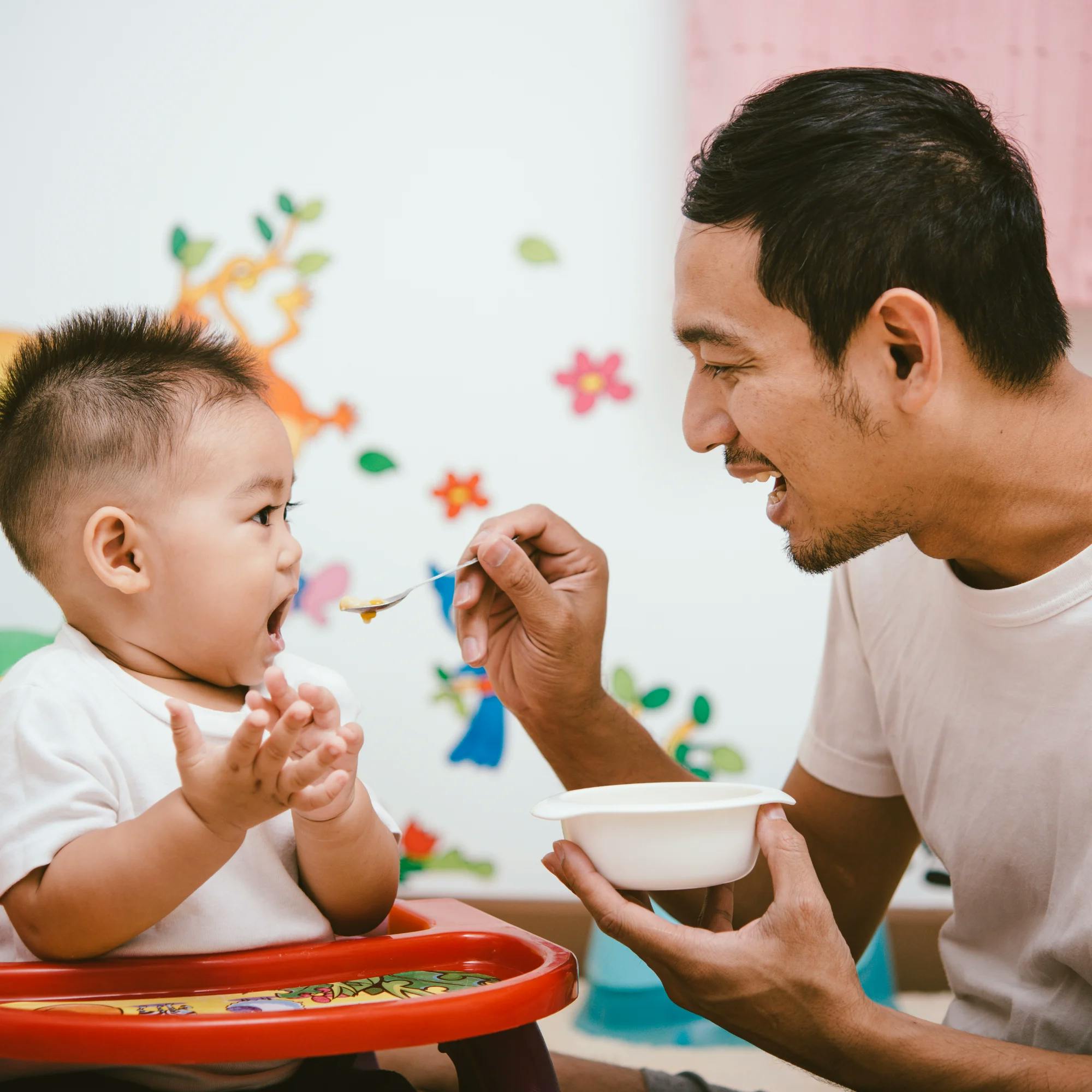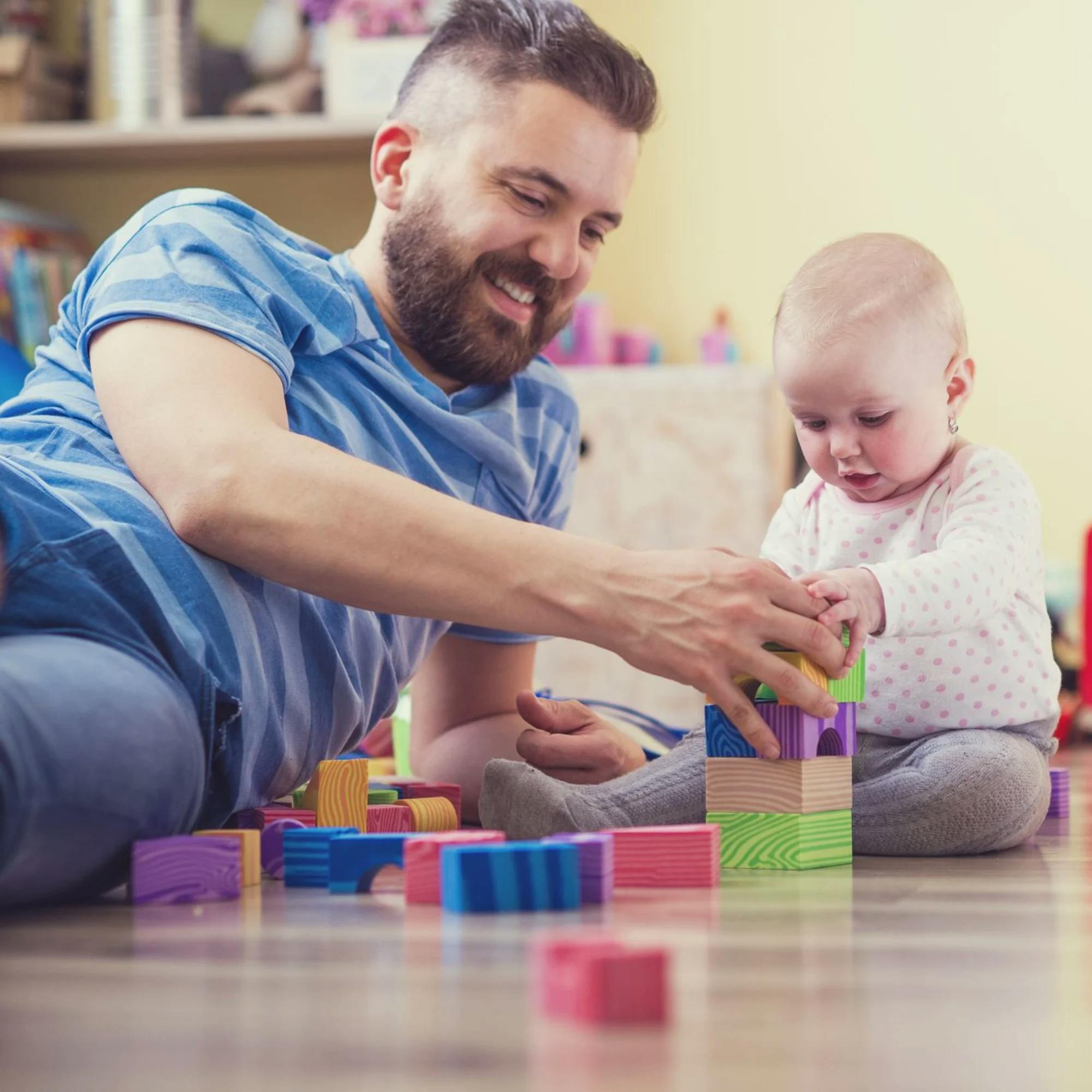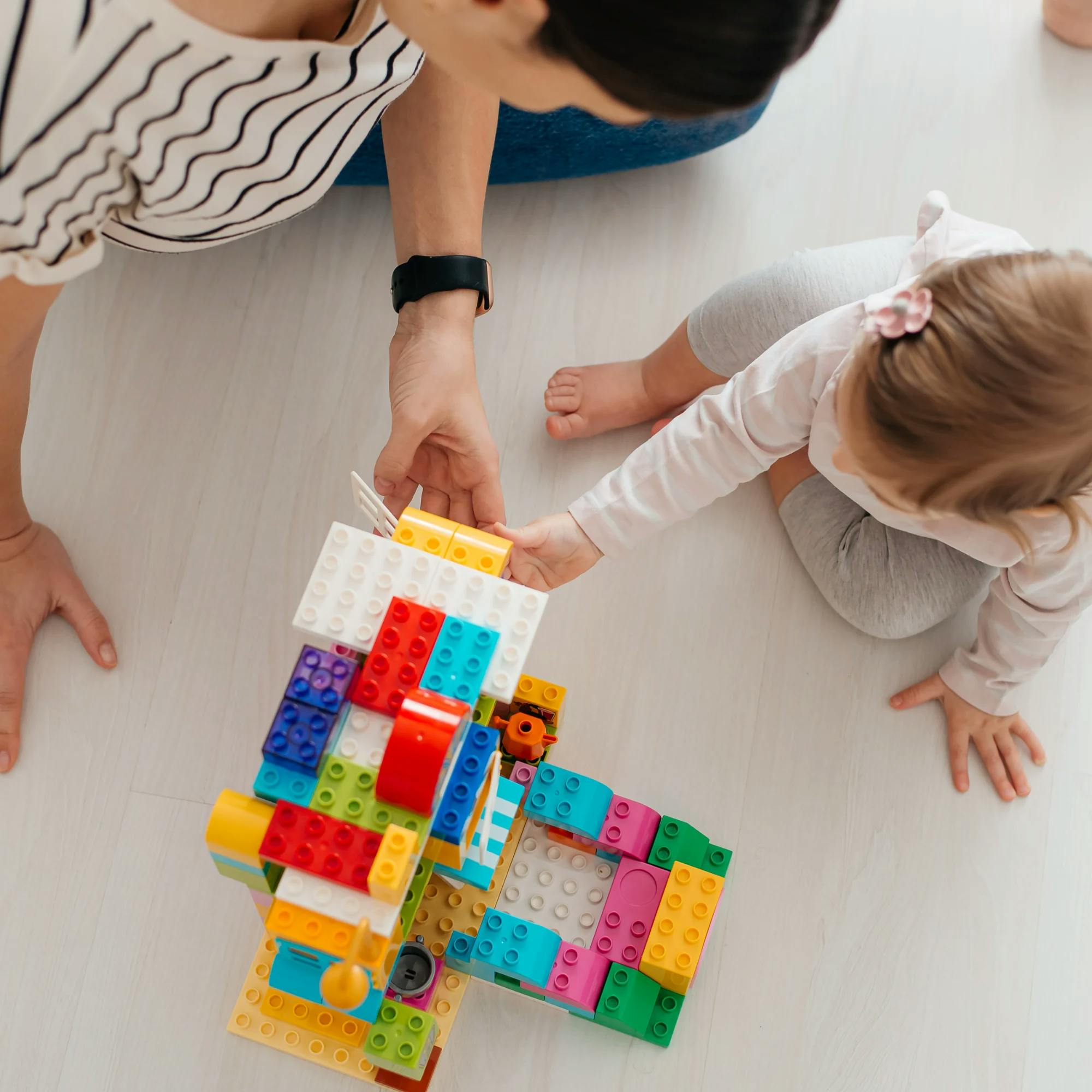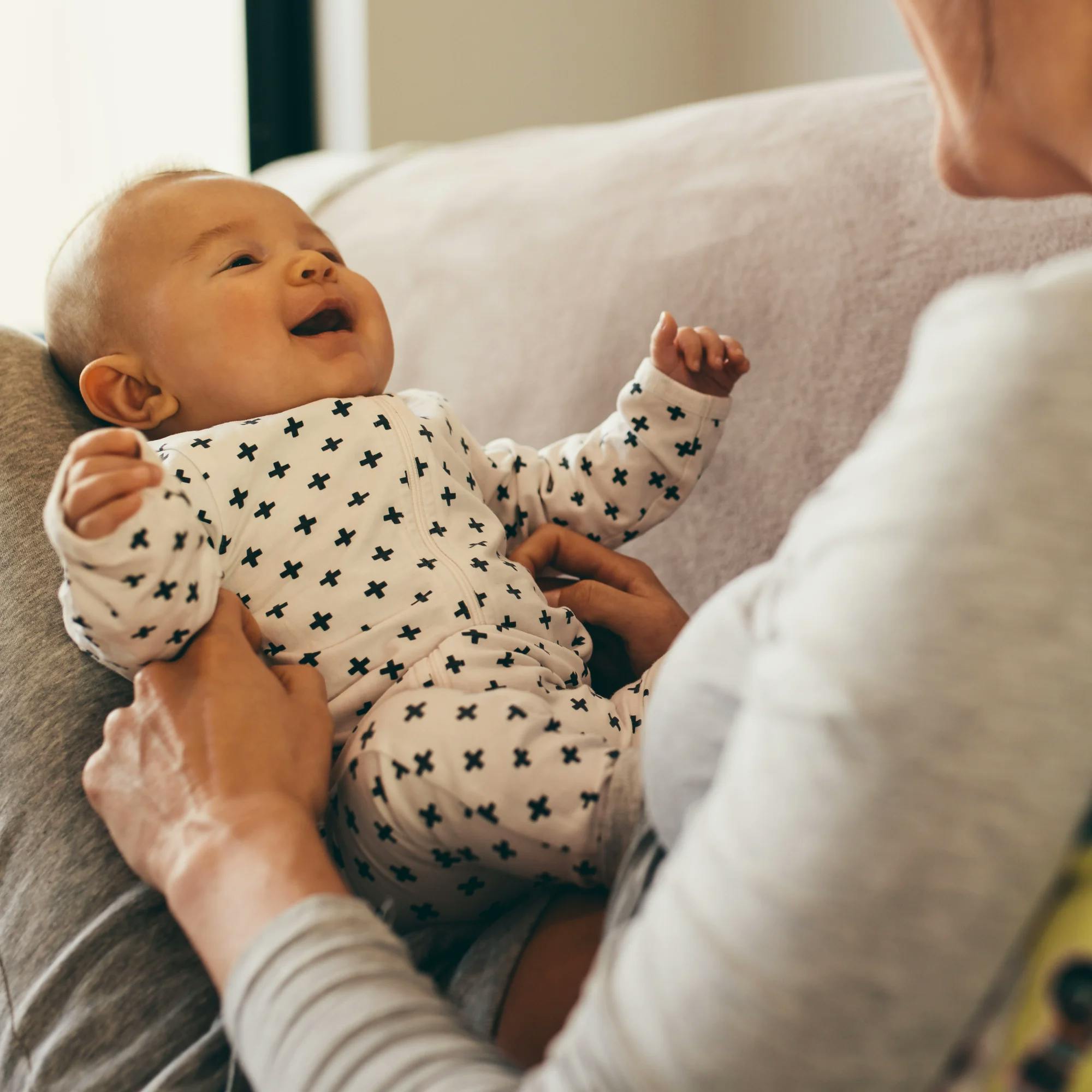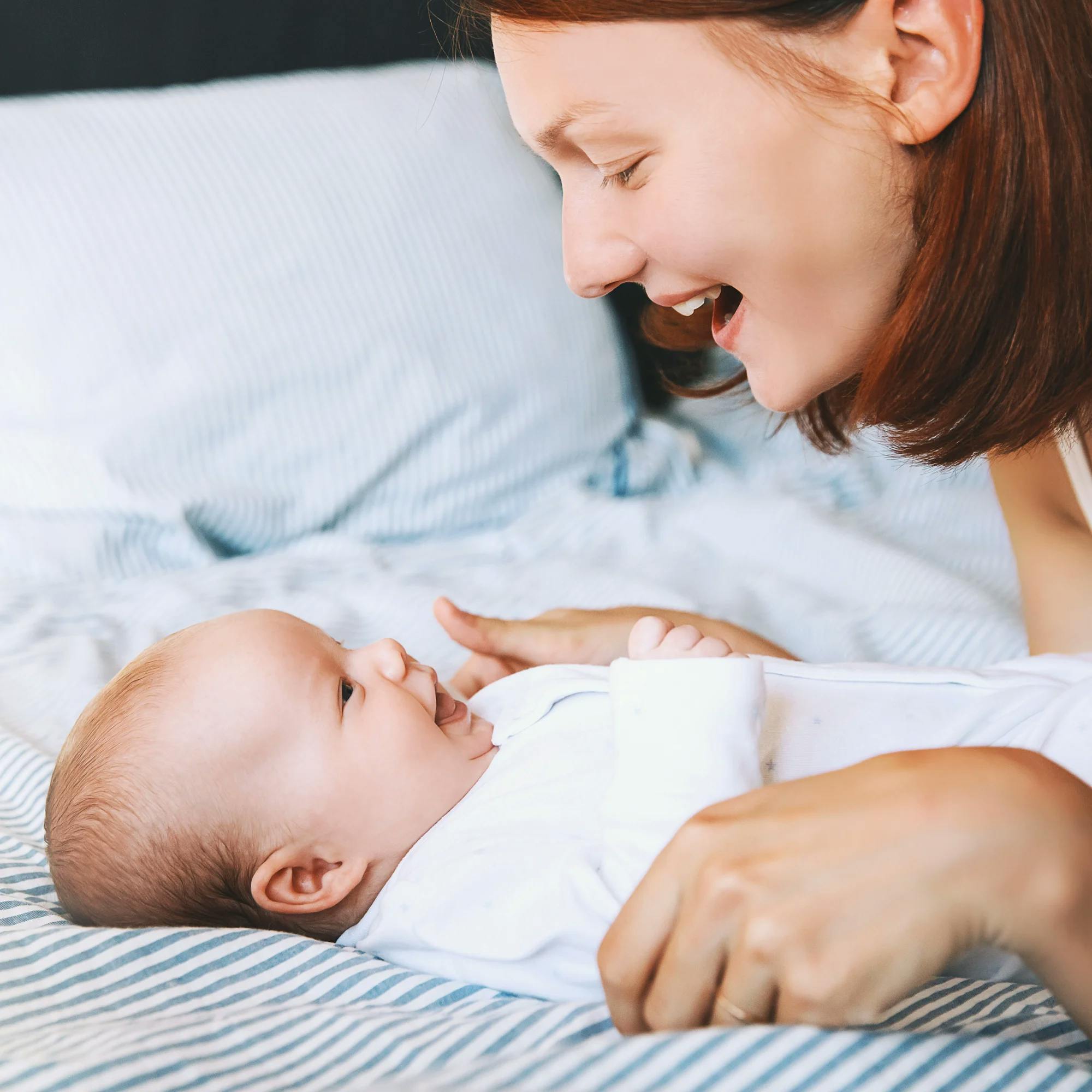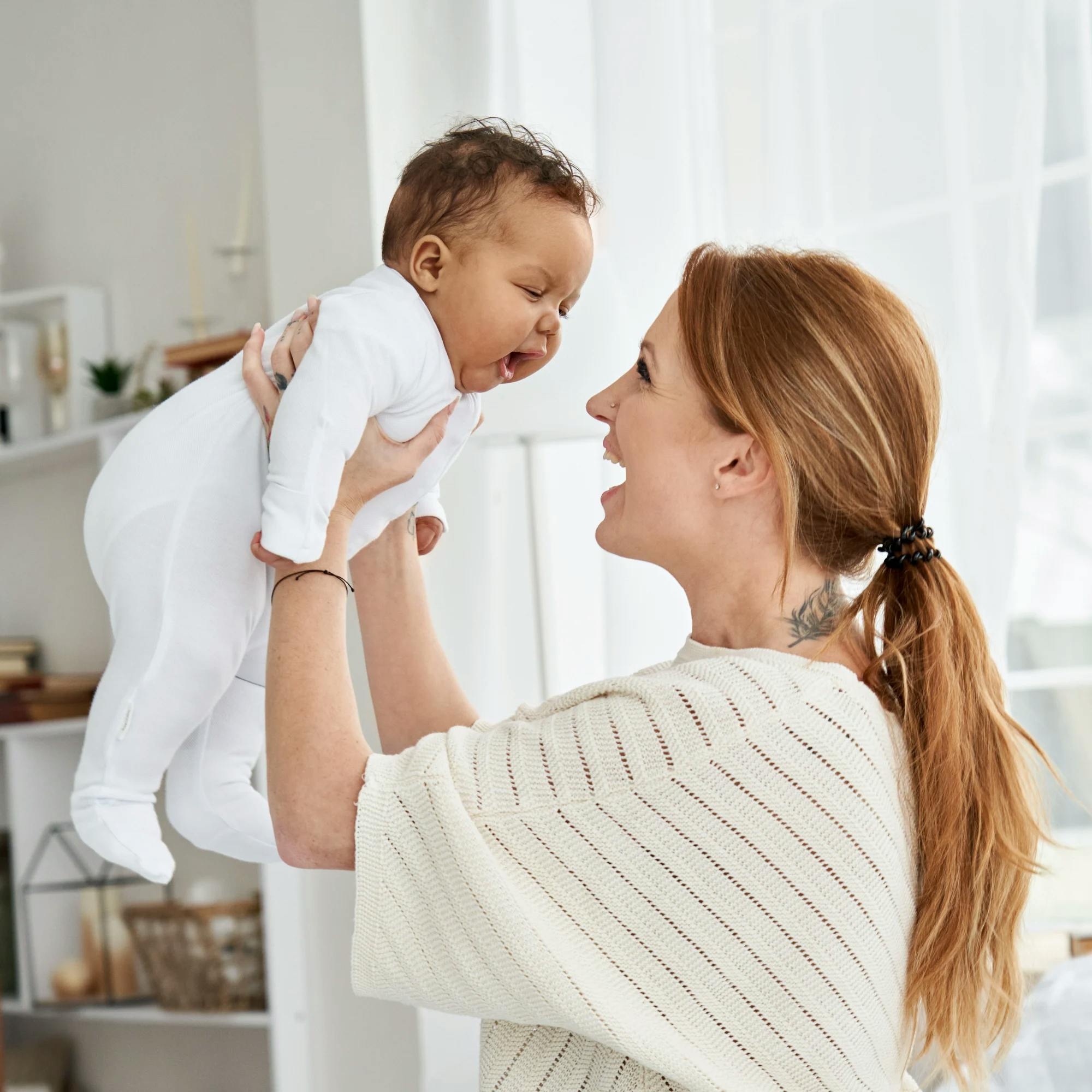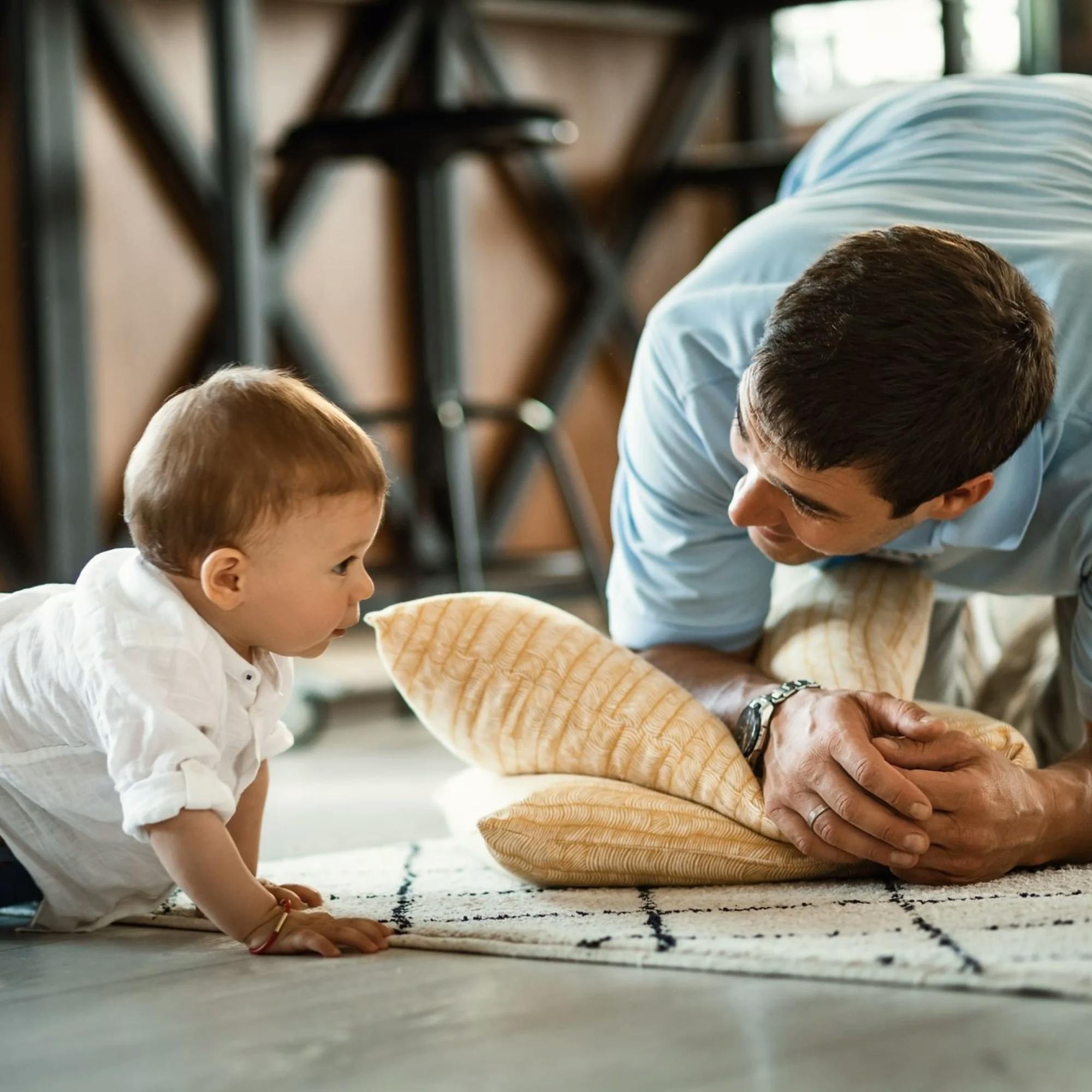
New Research Shows Babies Begin Processing Language Just Hours After Birth
 Abby Barnes, M.S., CCC-SLP
Abby Barnes, M.S., CCC-SLP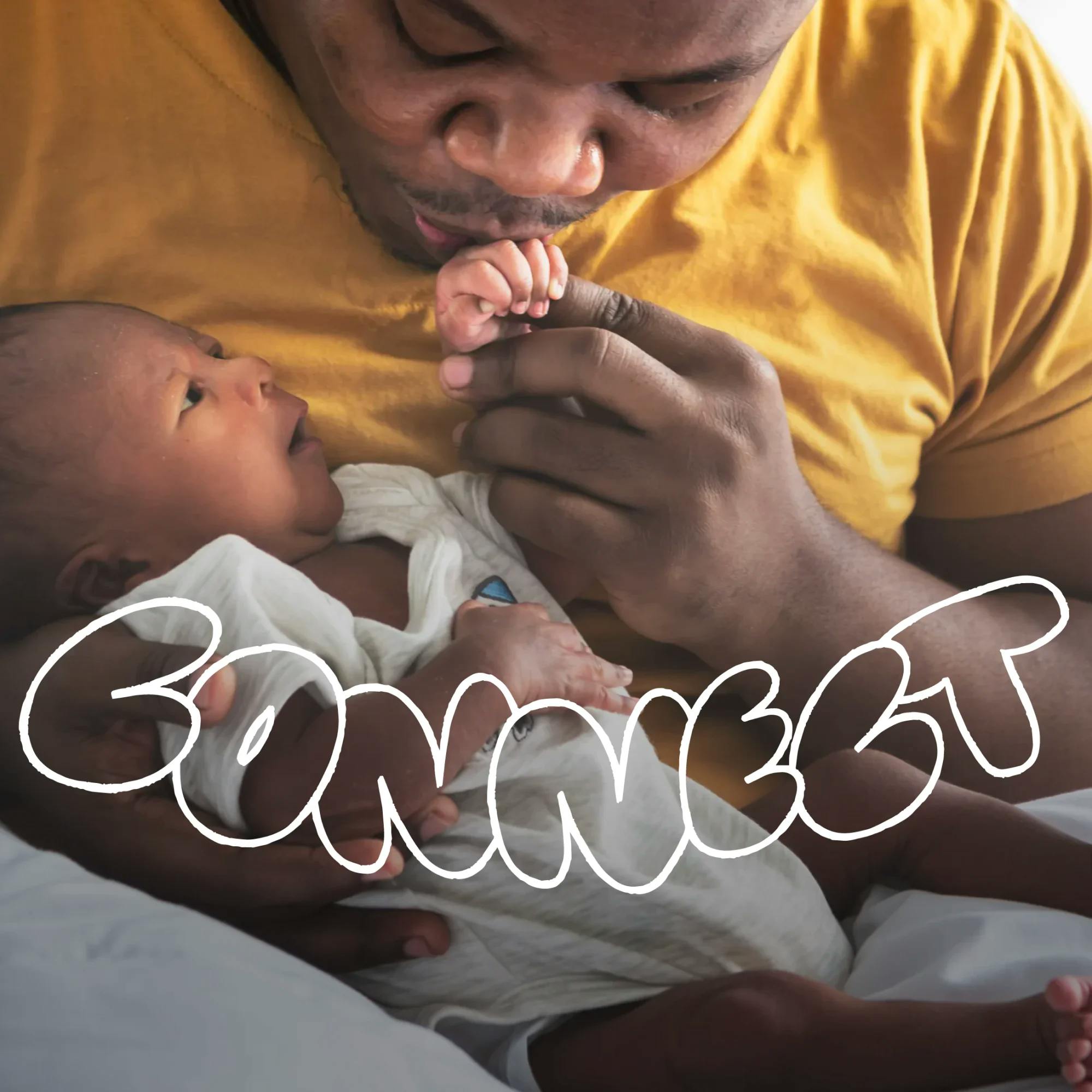
From the moment a baby is born, all kinds of growth and development are set in motion. Now, a new study shows that speech and language development begins in just the first few hours after birth. Here’s what these findings mean for new parents, along with tips and techniques you can use with your baby to help grow their language skills.
What did the study assess?
A study conducted at Peking University First Hospital in China looked at whether newborn babies can differentiate between speech sounds during the first few hours after birth. Researchers from Bangor University in Wales participated in the research as well. The study was published in the journal Nature Human Behavior.


What happened in the study?
The study focused on 75 newborn babies, all male, born at an average gestational age of 39 weeks. The babies were split into three groups: the experimental group, the control group, and the passive control group. Each group contained 25 babies.
Functional near-infrared spectroscopy, a type of brain imaging technique, was used to observe neuroplastic changes, or changes in the brain, after the babies were exposed to 5 hours of spoken language. This included typically produced vowel sounds, as well as backward vowel productions. After 2 hours, the babies were presented with the vowel productions again.
Babies in the experimental group heard the forward- and backward-produced vowels. In the other two groups, the babies were exposed either to different vowels or to silence.

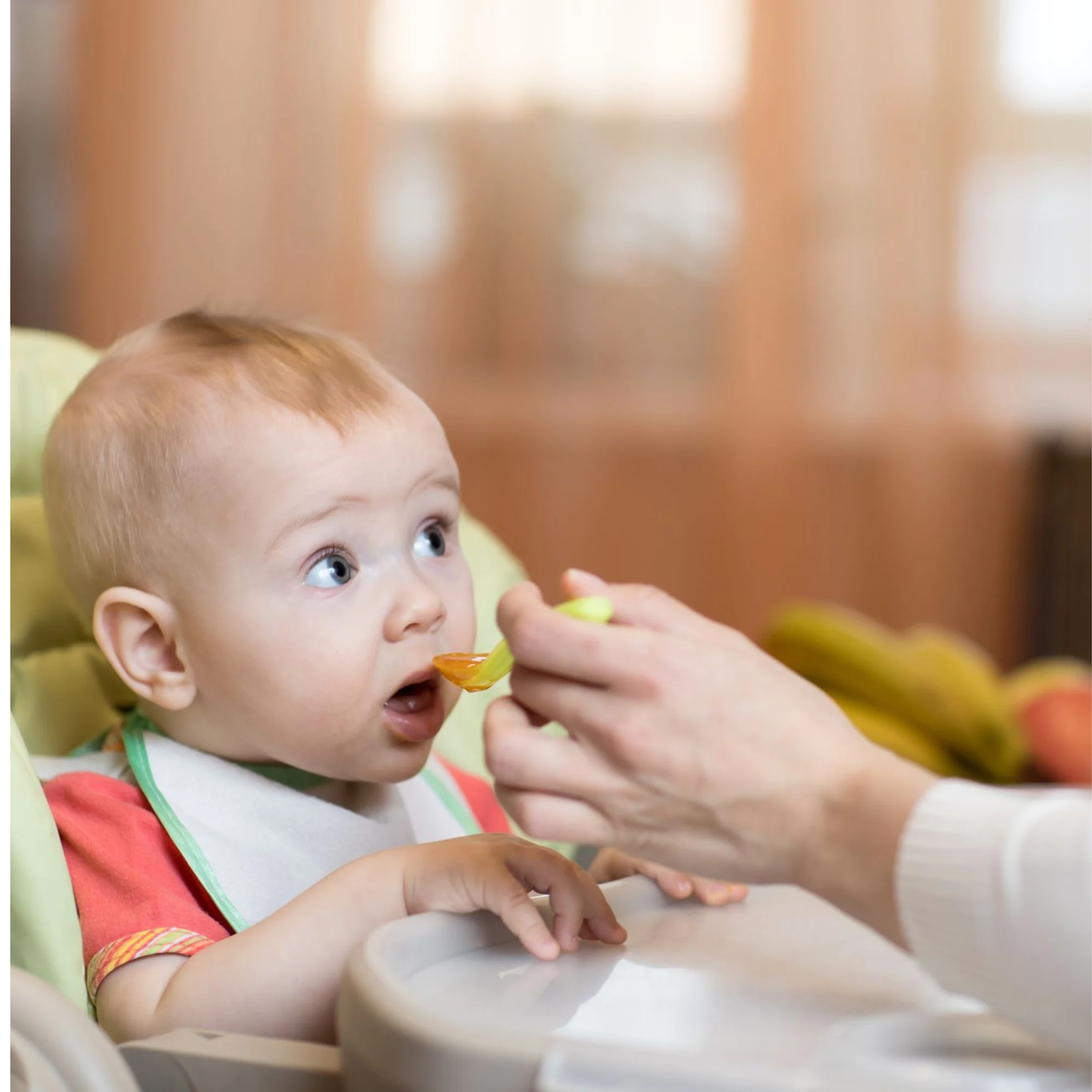
What were the study findings?
The babies in the experimental group could tell the difference between vowels presented forward (or normally) and backward. The babies’ response to normally produced vowels was quicker. And their responses strengthened after being presented with the same sounds two hours later. This experimental group responded more strongly compared to the other two groups of newborns.
What does this research mean for parents and caregivers?
The study’s author, Guillaume Thierry, a cognitive neuroscience professor at Bangor University, explained, “Newborns probably benefit directly from being talked to from the very first moments they have left the womb. Clearly, ‘nurture’—the changing of the mind by the environment—starts on day one.”
Newborns probably benefit directly from being talked to from the first moments they leave the womb.
This study reinforces what we know about how babies learn language–through listening and observation. And the new research shows that it’s never too early to start helping them learn!


So if you’re expecting a child or have a baby at home, what can you do with this information?
Talk to your baby while you’re pregnant. Studies have shown that babies prefer their mother’s voice after birth, as they likely already recognize it from their days in the womb. At around 30 weeks, babies in utero begin hearing sounds and voices. So read your baby stories or start up a conversation before they’re even born! It’s one simple way to set your child up for language development success.
Talk to your newborn. Speech therapists always recommend talking to your child frequently in order to strengthen their communication development. That’s true even if your child is too young to answer you. This new study confirms that approach, showing that speaking to newborns helps them learn to process familiar sounds and units of language.

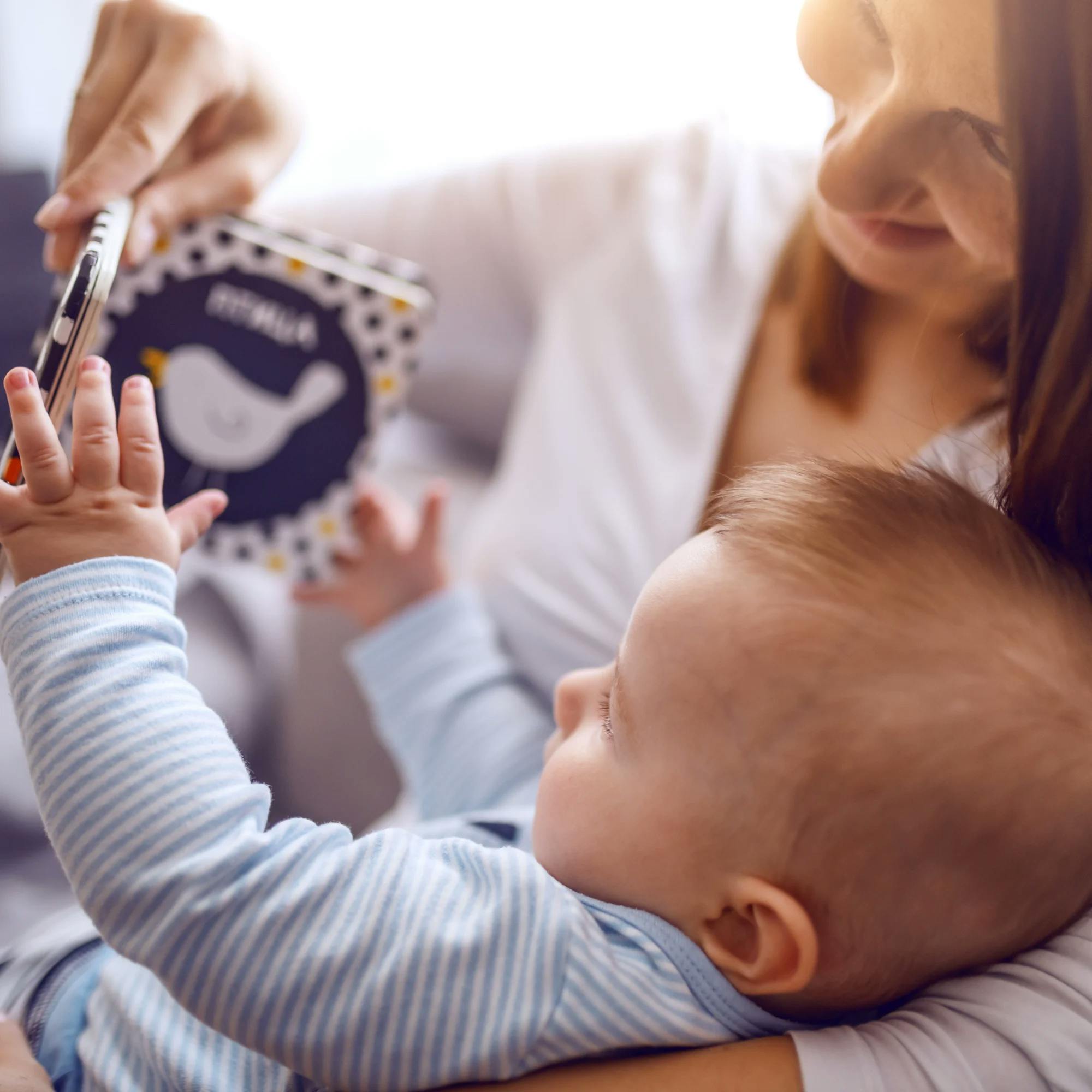
4 ways to help your baby develop language skills
Language learning and communication development begins in utero, takes off soon after birth, and keeps growing throughout the first several years of life. As a caregiver, there are easy techniques you can use at home to help your baby and toddler continue to develop and meet their milestones:
1 Model language
Modeling language–simply talking to your baby–is incredibly important. Just as this new study shows, children learn language from hearing it.
Whether you’re at home with your baby or out and about, try narrating to your child what’s happening. Describe how you’re preparing lunch, what you see at the park, or the steps that happen during bathtime. This helps babies learn how to produce sounds in our language, understand appropriate intonation of speech, learn new words, and learn how to put words together to create phrases and sentences.
Stimulating your baby's brain with lots of new words and sentences is one of the simplest and best things you can do for them. Challenge yourself to narrate at least 50% of the tasks you do with your child each day. You’re sure to see the benefits of this as they get older.
2 Use engaging intonation
Intonation refers to the natural up-and-down inflection in our voice. When we speak with infants, it’s natural for many of us to talk in a different way, with a different rhythm and perhaps a higher pitch. You might know this as “baby talk,” and speech therapists call it parentese.
Research has consistently shown that talking frequently to your baby, and speaking in parentese, sets children up for successful language development. For example, one study compared babies whose caregivers used parentese and spoke to them often with babies whose caregivers didn’t use this approach. The babies in the first group babbled much more between ages 6 and 14 months. At 14 months, they spoke significantly more words than the second group of babies.
Check out this quick (and adorable) video showing parentese in action.

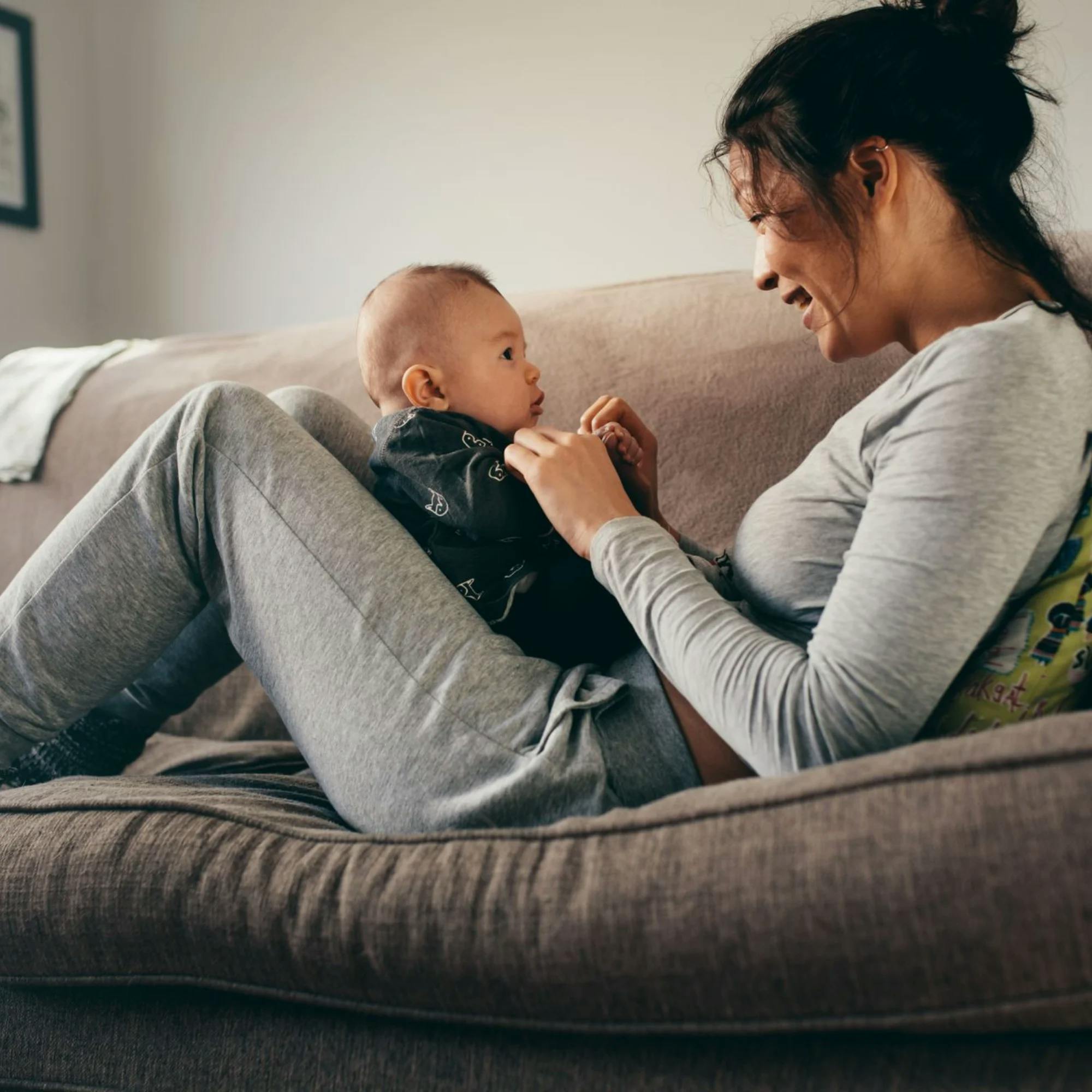
3 Read together, even in the early days
The importance of reading together can never be overstated. That’s true even if your baby would prefer to gnaw on the board book! Research shows that children who hear more language will eventually learn and use more language. Consider this mind-blowing stat: One study revealed that when parents read just one book a day to their kiddo, by the time that child enters kindergarten, they’ve heard a total of 1.4 million more words than children who aren’t read to.
Get in the habit of reading with your baby now. The two of you will establish a routine for reading early in life, and your child will start benefiting from exposure to new words (not to mention bonding time with you).

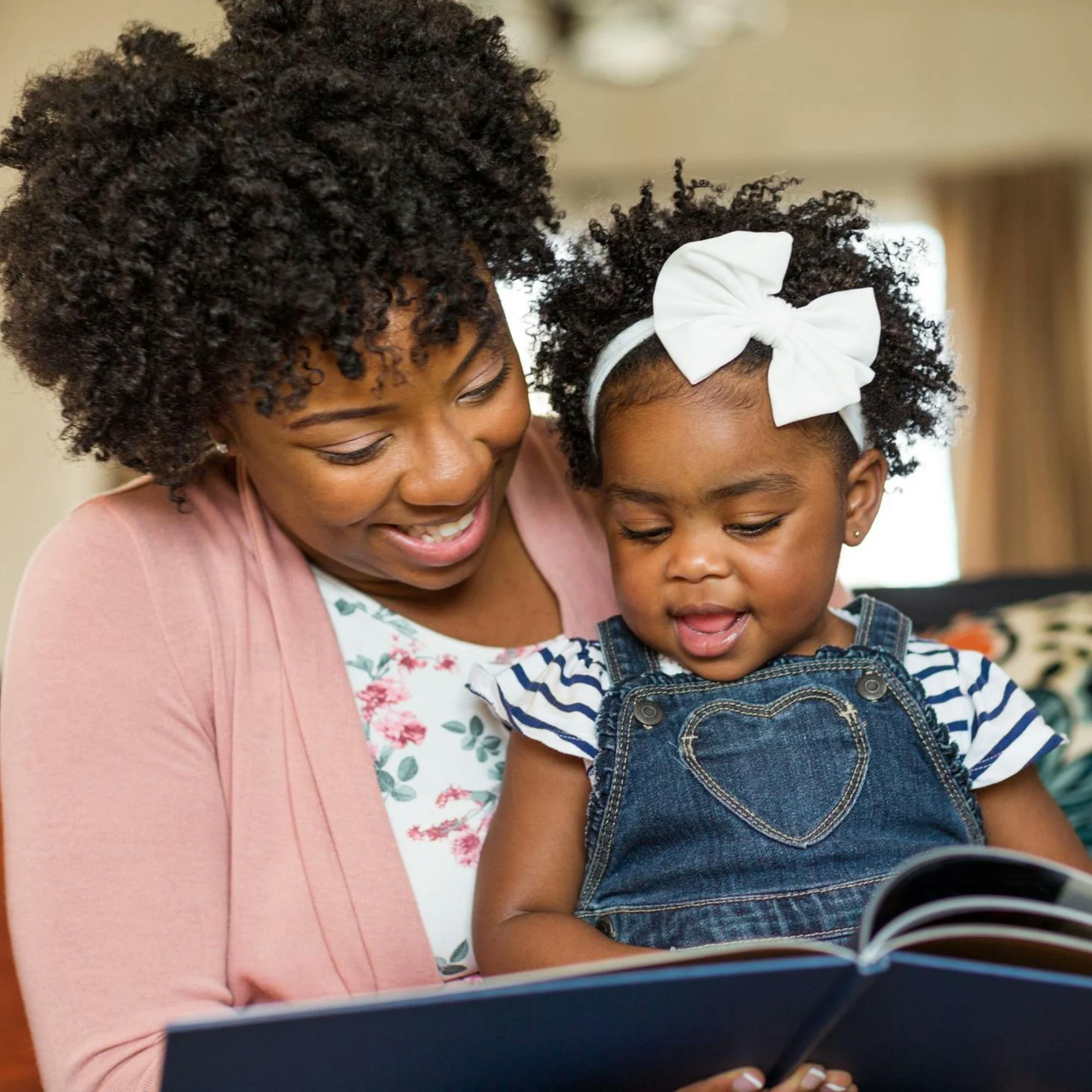
4 Teach and use gestures
Using gestures with your little one can help them begin to understand and communicate earlier on, before they can talk. It’s a misconception that using gestures to communicate will prevent your child from using words. In fact, using gestures can actually help children begin communicating verbally.
Here’s an example related to an activity your child probably enjoys: eating! Pretend it’s almost lunchtime and you know your baby is hungry. So they begin doing what babies do best, crying.
Think about how the situation would normally progress. Do they continue crying until you give them food? If this is the typical pattern for your child, try changing that behavior by giving them a simple sign to use instead.
As your child is crying, show them the food and wait a few seconds. If they don’t gesture toward the food, then model a sign like “more,” “eat,” or “hungry.” Prompt your child to imitate you, and then give them the reward–in this case, their food! For demonstrations of how to make simple baby signs, check out this video or these animations. You can also follow along and read through this list.
How Expressable Can Help
Concerned your child isn't reaching age-expected milestones? Looking for communication support from a professional? Expressable is a national online speech therapy practice serving children and adults. We treat all major areas of communication and feeding, offer flexible hours including evenings and weekends, and accept most major health insurance plans. We’re proud to have earned more than 3,000 5-star reviews from our clients (4.9/5 average).
Our therapy model is centered on parent and caregiver involvement. Research proves that empowering caregivers to participate in their loved one’s therapy leads to better outcomes. That’s why we combine live, 1-on-1 speech therapy with personalized education and home practice activities for faster progress.
Communication is more than words. It’s how we share how we feel and show who we are. We’re here to help you or your child do just that.
